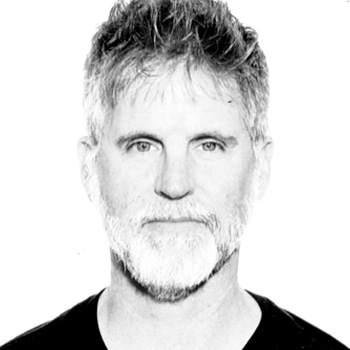Landscape
EVENT THEME
Outdoor Spaces: Landscape Strategies + Technologies
Creating successful outdoor spaces requires the right combination of expertise, tools, structural systems, and programs. This workshop will discuss both material and technical solutions to meet project requirements and exceed clients expectations. Experts will be on hand to lead tutorials on the most recent innovations available to landscape architects. Join experts addressing issues such as durability, comfort, attractiveness, and sustainability in site furnishings and structural decking solutions. Attendees will leave with a greater knowledge to help you create new, vibrant, healthy outdoor spaces.
view_agenda Agenda
10AM - 11AM
Credit type: 1 AIA HSW LU
Provider: BisonIP
Incorporating nature into the built environment through biophilic design increases occupant well-being, productivity, and health and is an integral component of an ecologically healthy and sustainable community. Presented here is an overview of biophilic design, its relationship to sustainability, and its positive human, environmental, and economic outcomes. Case studies demonstrate how rooftop deck systems can contribute to biophilic and sustainable design objectives.
Learning Objectives
- define biophilic design and explain how it is linked to a truly sustainable built environment,
- discuss the principles essential to the effective practice of biophilic design that result in a range of positive physical, mental, behavioral, and environmental outcomes,
- present the economic argument that investments in biophilic design earn high returns in human health and productivity, and
- use case studies to illustrate how modular rooftop deck systems can contribute to biophilic and sustainable design goals and may help projects earn certification through LEED® v4 BD+C: New Construction, SITES® v2, and the WELL v2 Building Standard™.
11AM - 12PM
Credit type: 1 AIA HSW LU
Provider: mmcite
This CEU helps designers specify the appropriate materials and recognize how their choices relate to sustaining natural global resources. We look at 7 basic factors for specifying public furniture. We look at the 4 top categories of materials used in public furniture – wood, metal, concrete, and wood alternatives. We look at each material through pros & cons. Finally, we look at greater sustainable issues of lifecycle, recycle, and upcycle as they relate to sustainable public furniture.
Learning Objectives
- Understand primary factors for specifying public furniture.
- Learn key differences in materials. Why these materials matter, what makes them unique, and the ability to make better design choices as it relates to their sustainable characteristics.
- Reinforce the qualities of aesthetic and beauty as they relate sustainable materials used in public furniture.
- Learn further considerations of the lifecycle, recycling, upcycling, and sustainable materials used in public furniture.
12PM - 1PM
Credit type: 1 AIA HSW LU
Provider: Vectorworks
In this session, Adele Pierre of Adele Pierre Landscape Architect Inc. will demonstrate how small-scale interventions can create significant, positive change in urban settings. In the City of Hamilton, Ontario, city-owned boulevards have been converted from asphalt into vibrant rain gardens and pollinator habitats, creating a cohesive green space in a highly industrialized neighborhood. This webinar will follow the process of site selection, information gathering, garden creation, and documentation of environmental impacts.
Learning Objectives
- Explore how integrated GIS assists evaluating potential sites and creating georeferenced base plans.
- Understand how cost-effective public green spaces can be designed for easier installation.
- Identify how design intent and environmental benefits can be communicated to the public.
- Recognize how several projects cumulatively scale up the environmental impact. Plus, learn how annotation features can aid in reporting and communicating said impact.
1PM - 2PM
Credit type: 1 AIA LU
Provider: D5 Render
As a landscape architect and designer, you’re always seeking innovative solutions to enhance your projects. Join us for a webinar that addresses common challenges in landscape design, such as performance slowdowns from large files, the time-consuming process of asset placement and more. Discover how D5 Render effectively resolves these issues with advanced features like D5 Scatter for efficient asset distribution, seamless plugins for various modeling software, and a large nature asset library, along with random placement tools and AI-driven tools for seasonal renderings.
This session will equip designers with insights to improve efficiency and achieve the optimal balance between productivity and high quality, ultimately enhancing project delivery rates.
Learning Objectives
- Recognize and analyze common challenges in landscape design workflows and understand how D5 Render’s advanced features overcome them.
- Utilize seamless plugins for enhanced collaboration across different modeling softwares.
- Master intuitive placement tools to optimize asset positioning, saving time and increasing efficiency.
- Implement AI tools to showcase seasonal variations in your designs effectively, enhancing visual impact.











